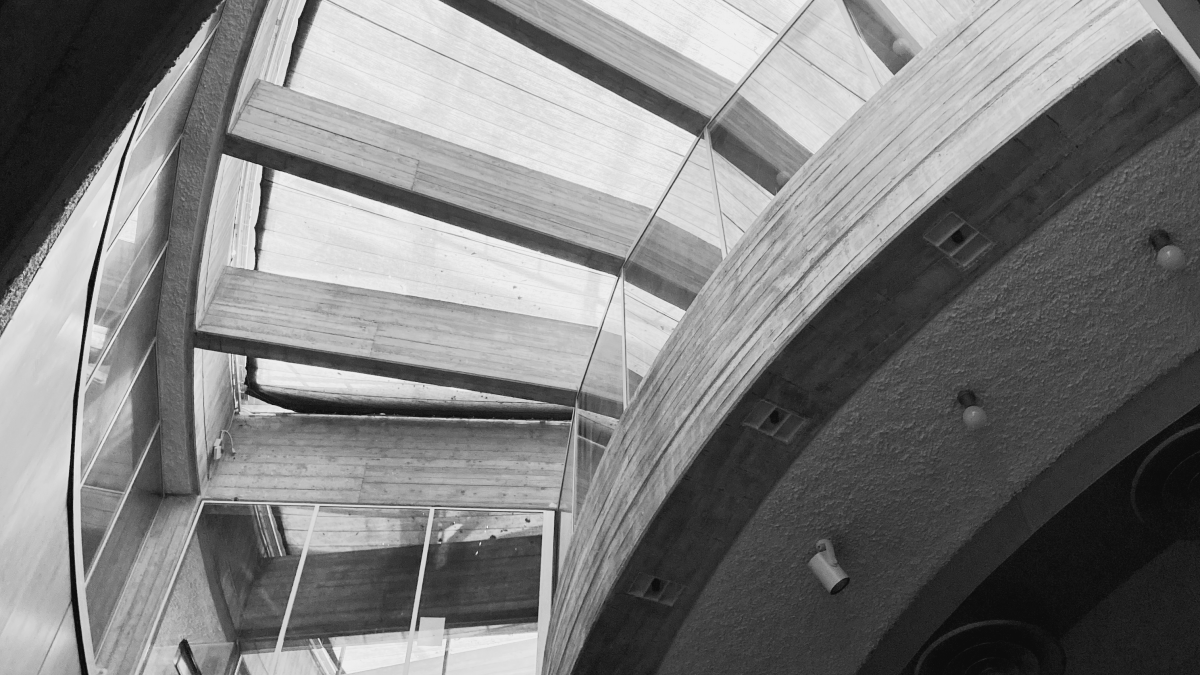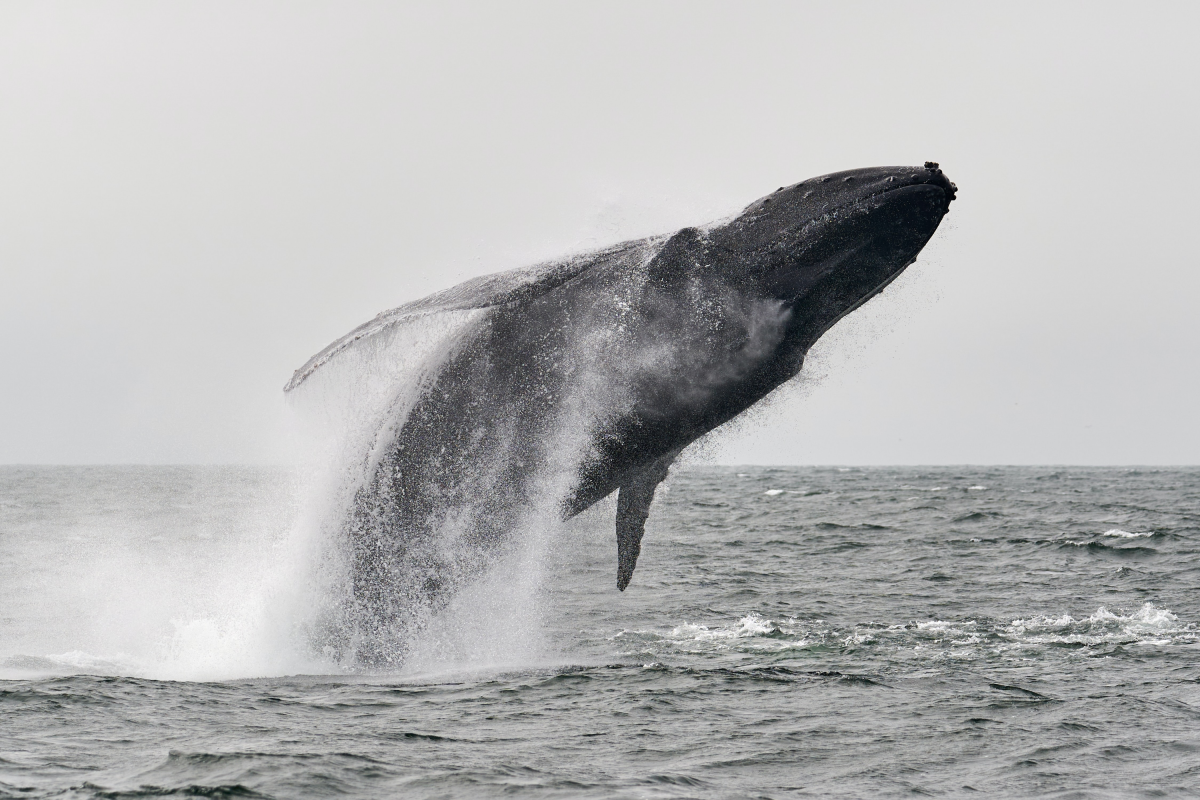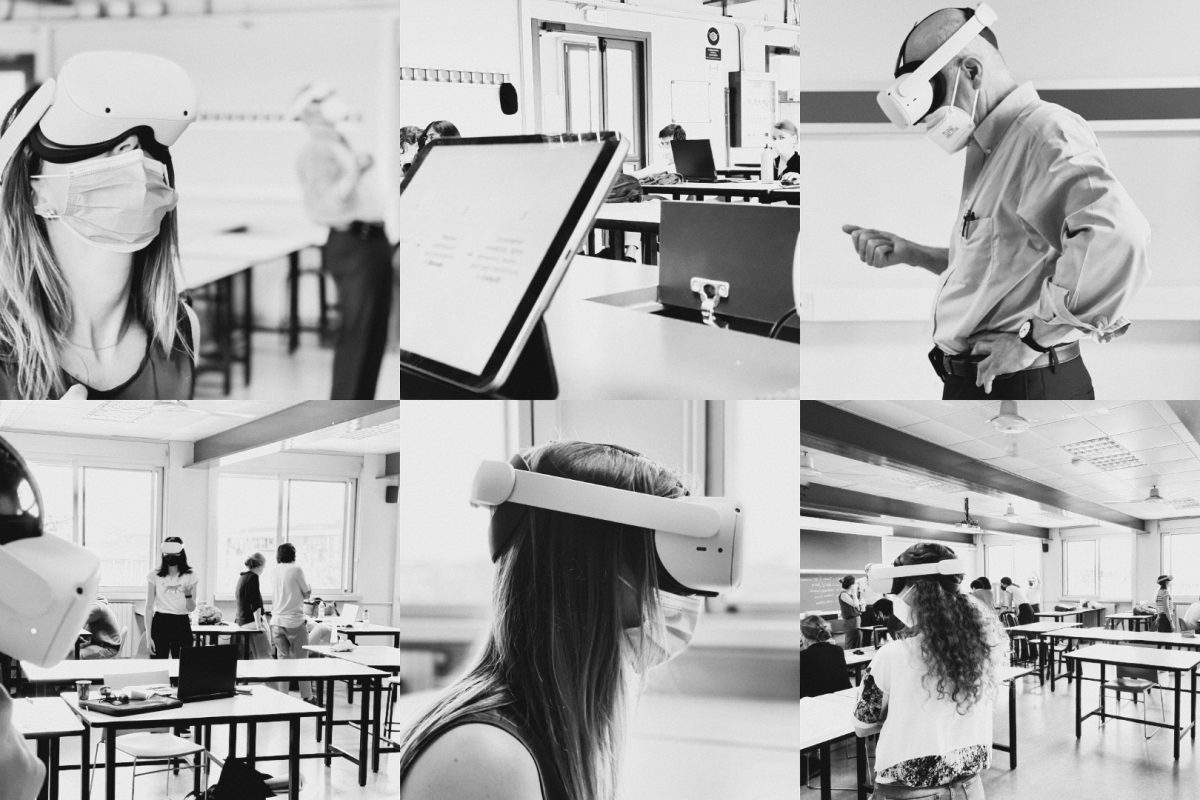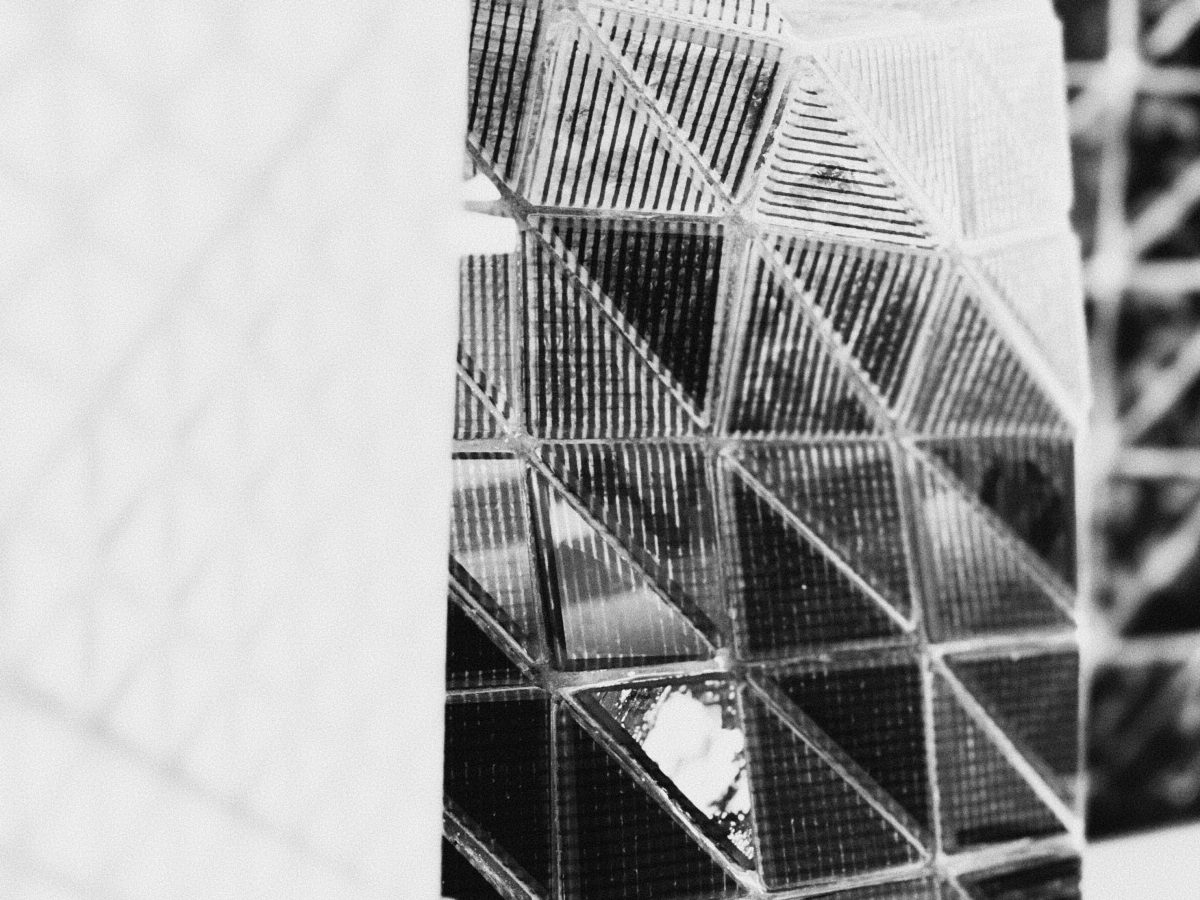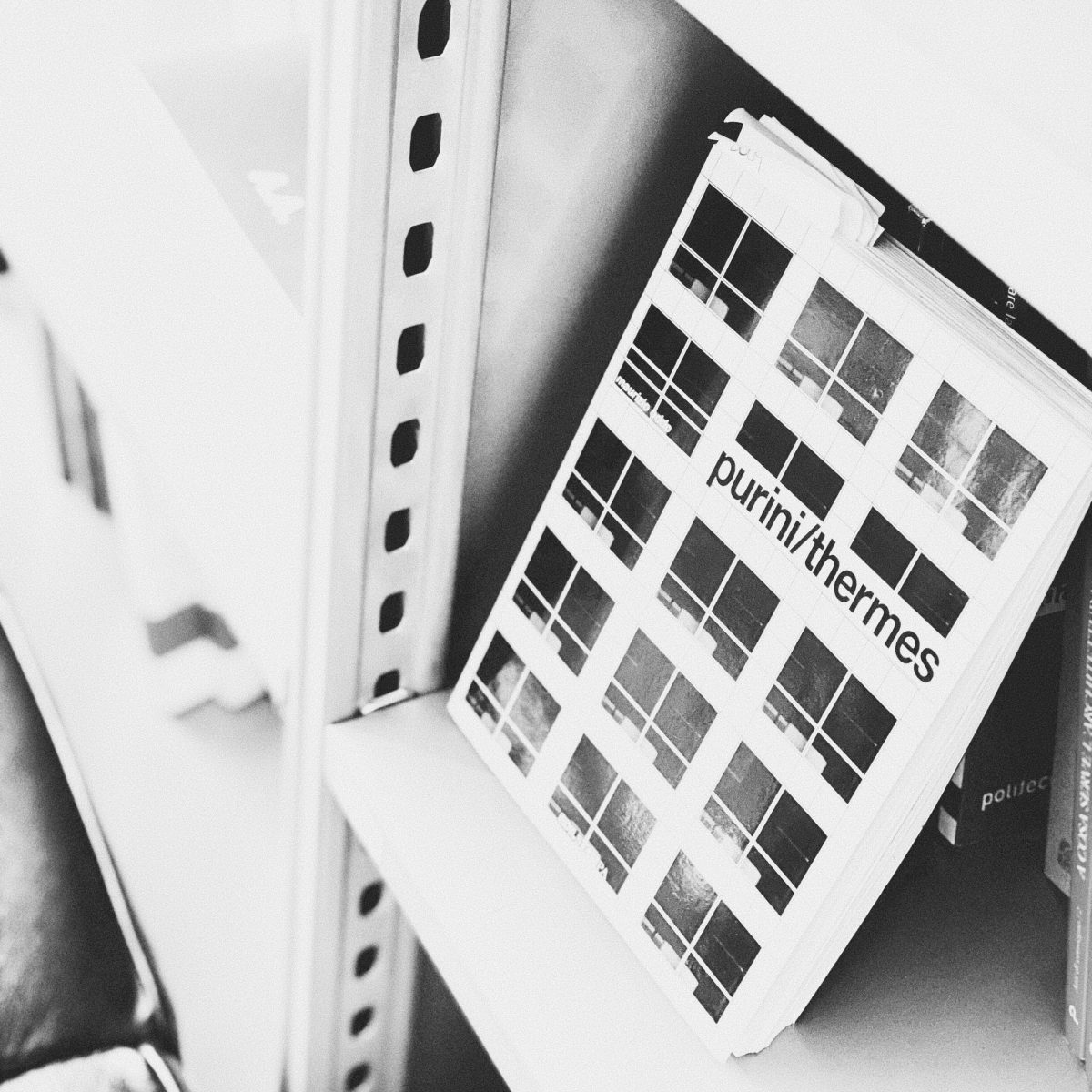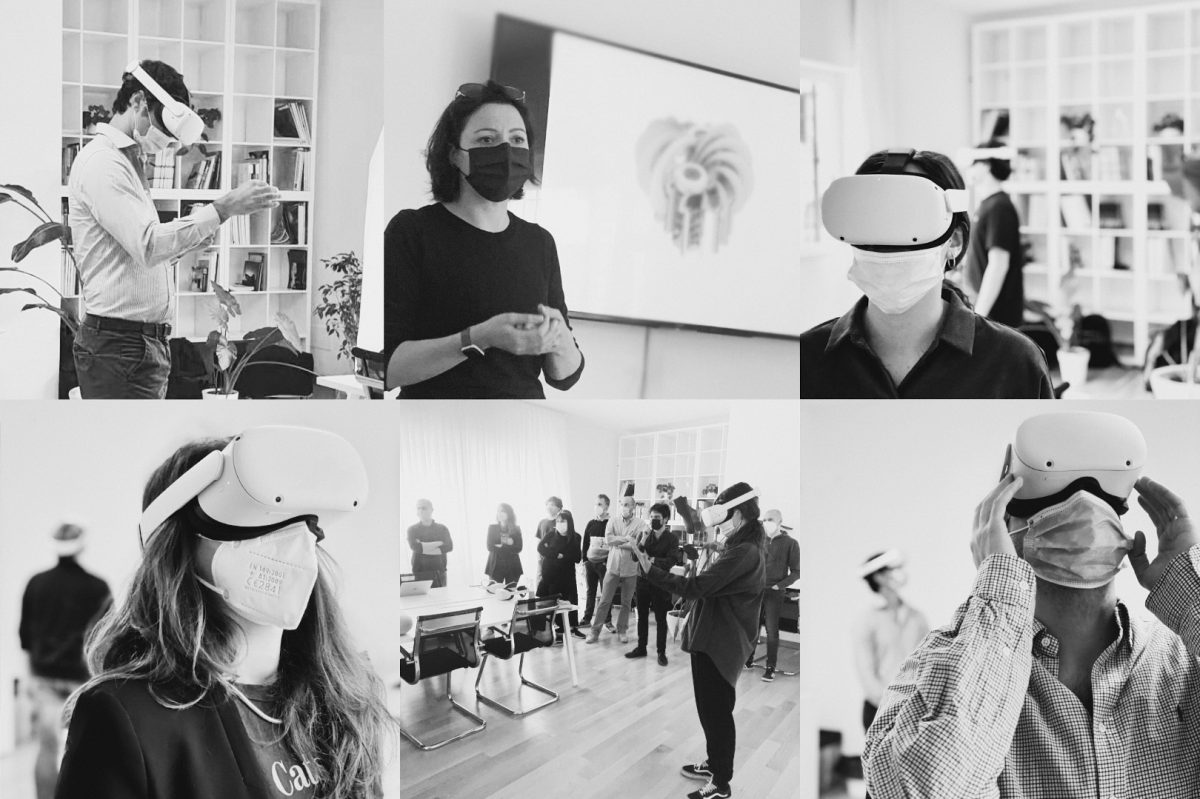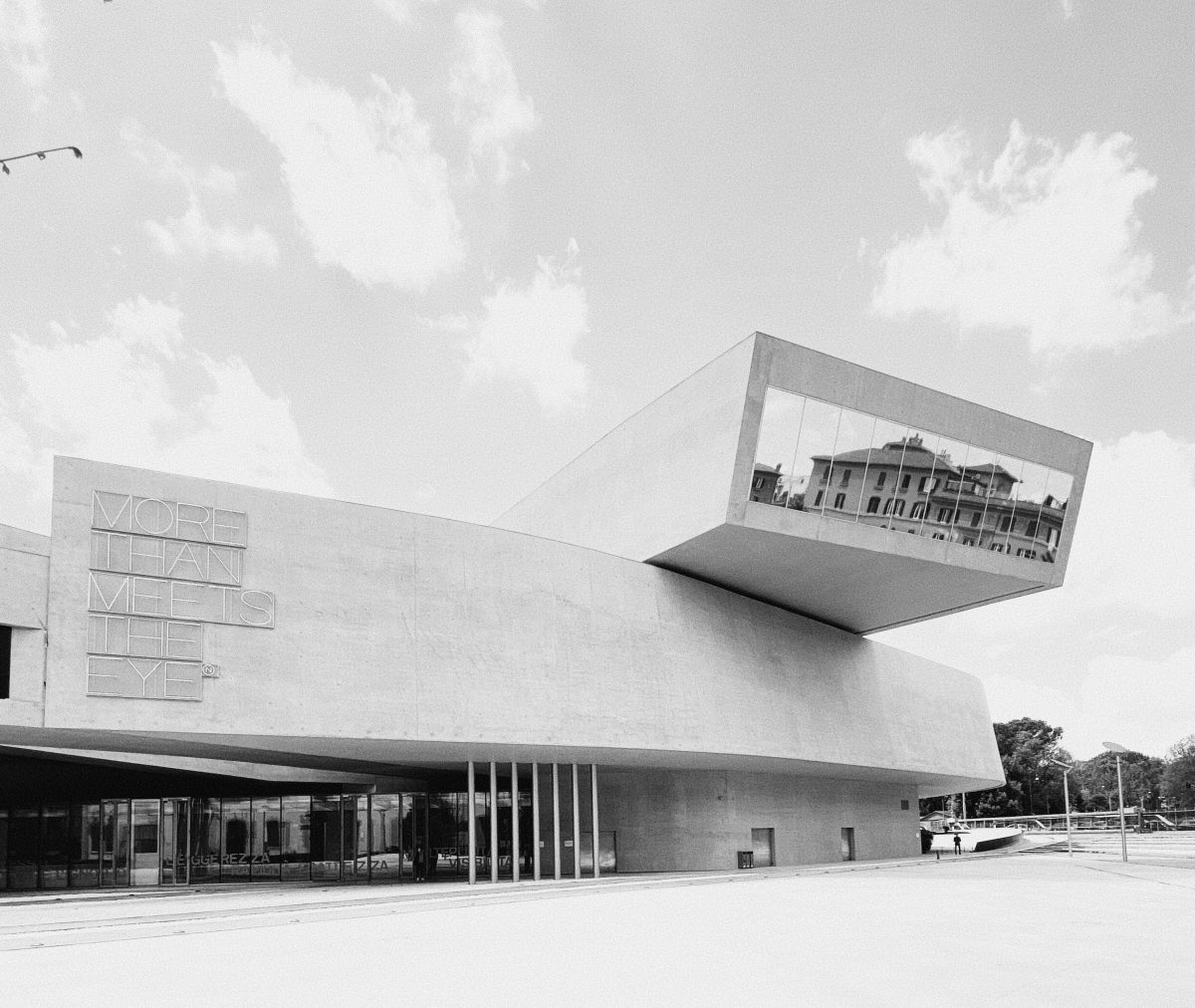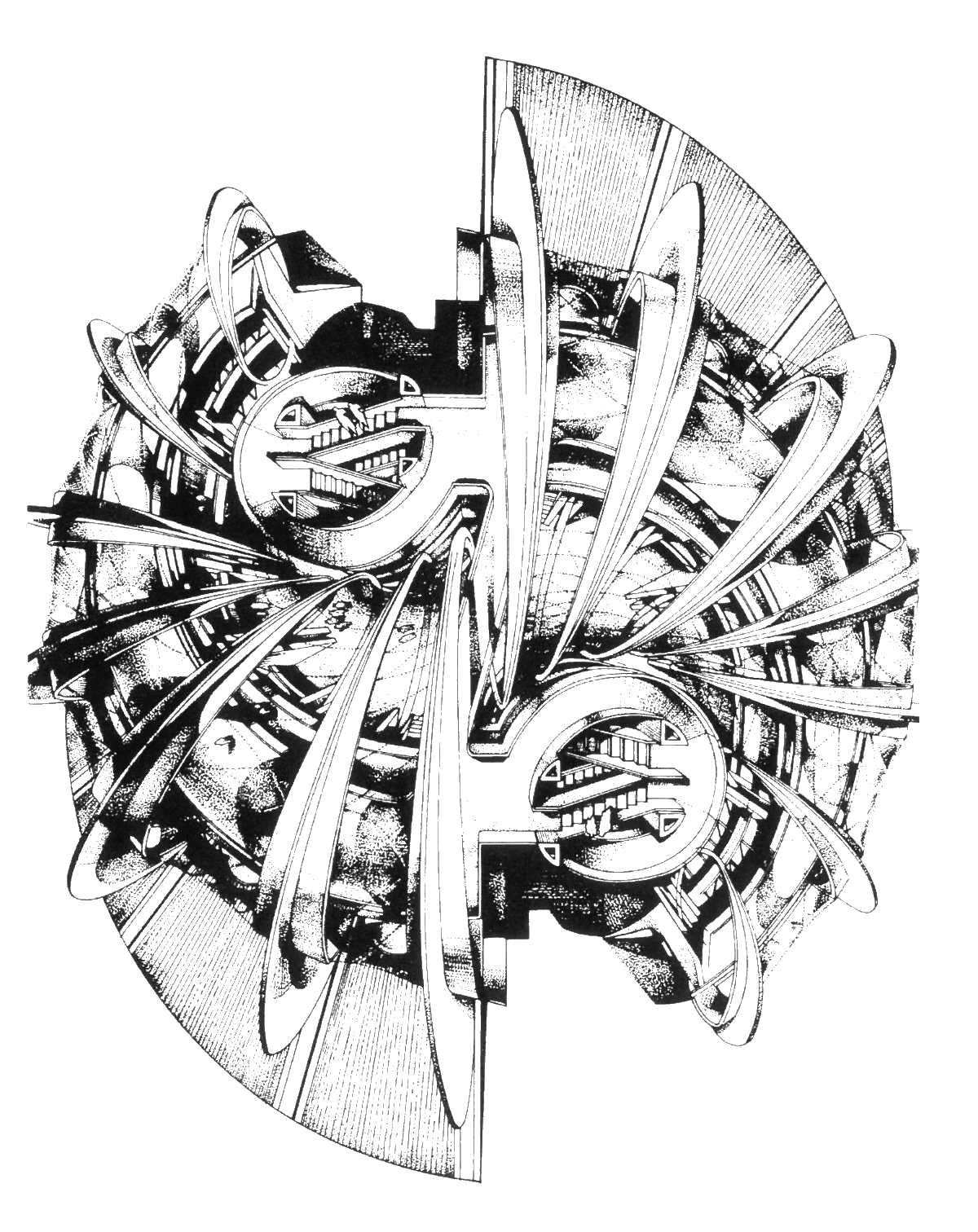During the second leg of our tour, we took Osaka’70 to MAXXI, the Museum of XXI Century Arts which houses part of the Sacripanti Fund (the documents in the other part of the Fund are kept at the Accademia di San Luca, you can find our article here). On the tour we spoke with Elena Tinacci and Laura Felci, two members of the MAXXI museum staff, as they visited the pavilion.
Elena Tinacci has been part of the permanent staff of the MAXXI museum since 2010: initially, she dealt with architecture archives, and she currently carries out research aimed at enhancing MAXXI Architecture collections through exhibitions and publications.
Since 2015, Laura Felci has been the head of MAXXI Architecture Collections.
After the visit, the dialogue focused on the reconstruction of the technical details of the pavilion, and especially on the pavilion’s surroundings. We present here a synopsis of what was discussed.
